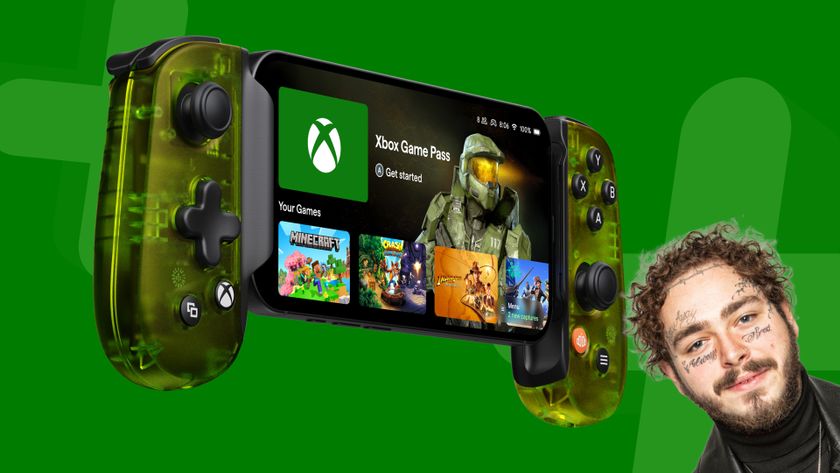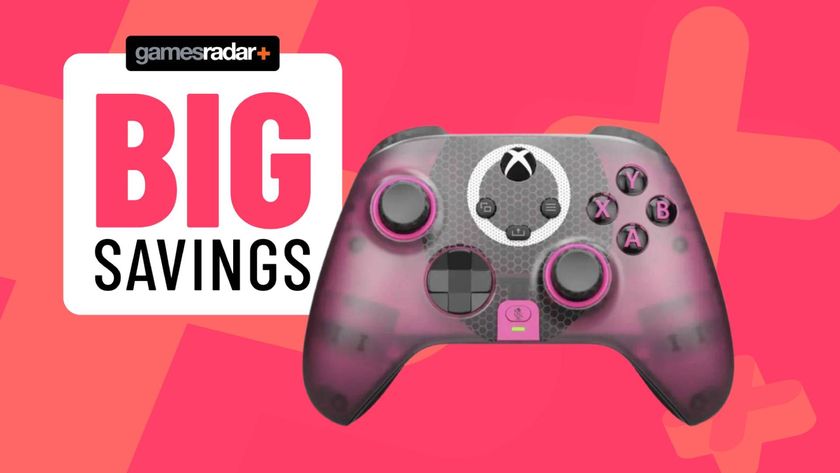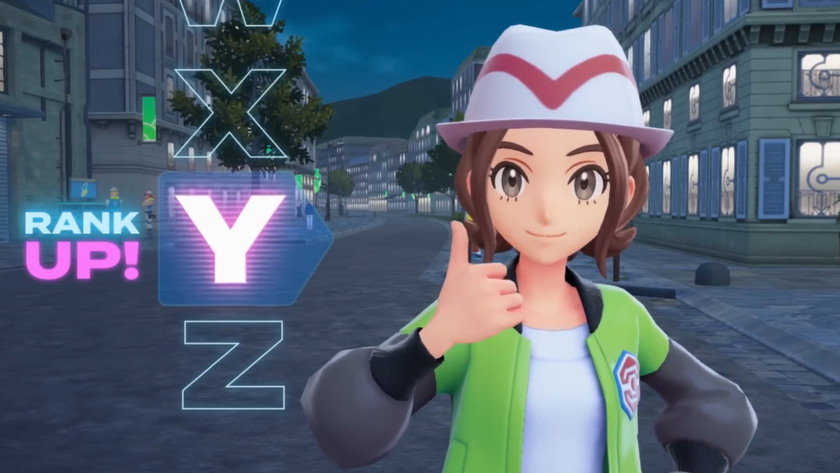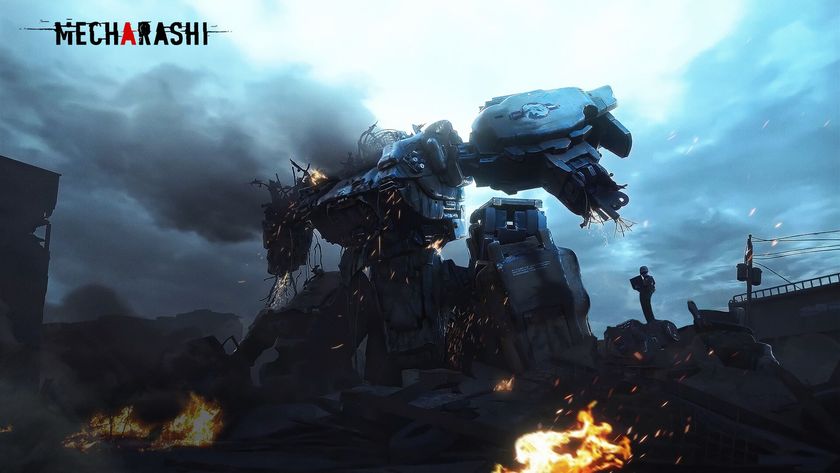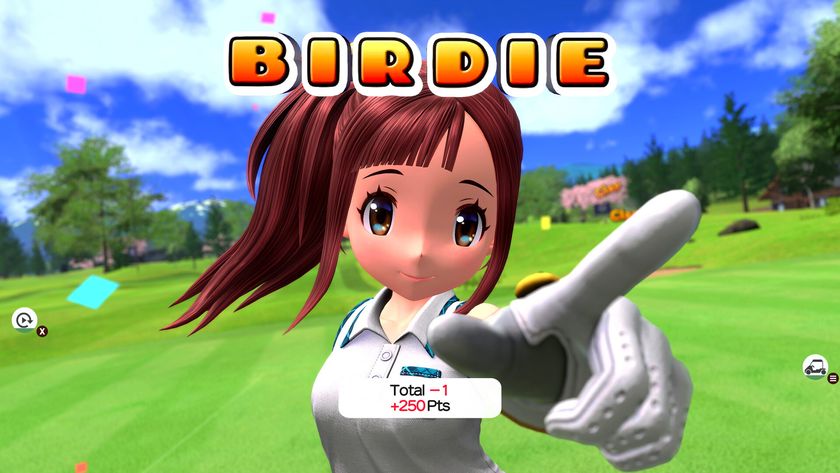Nintendo Switch 2 Joy-Cons compared: How do the new controllers stack up against the ones we know?
Magnetic attachments, a larger size, and new functionality await
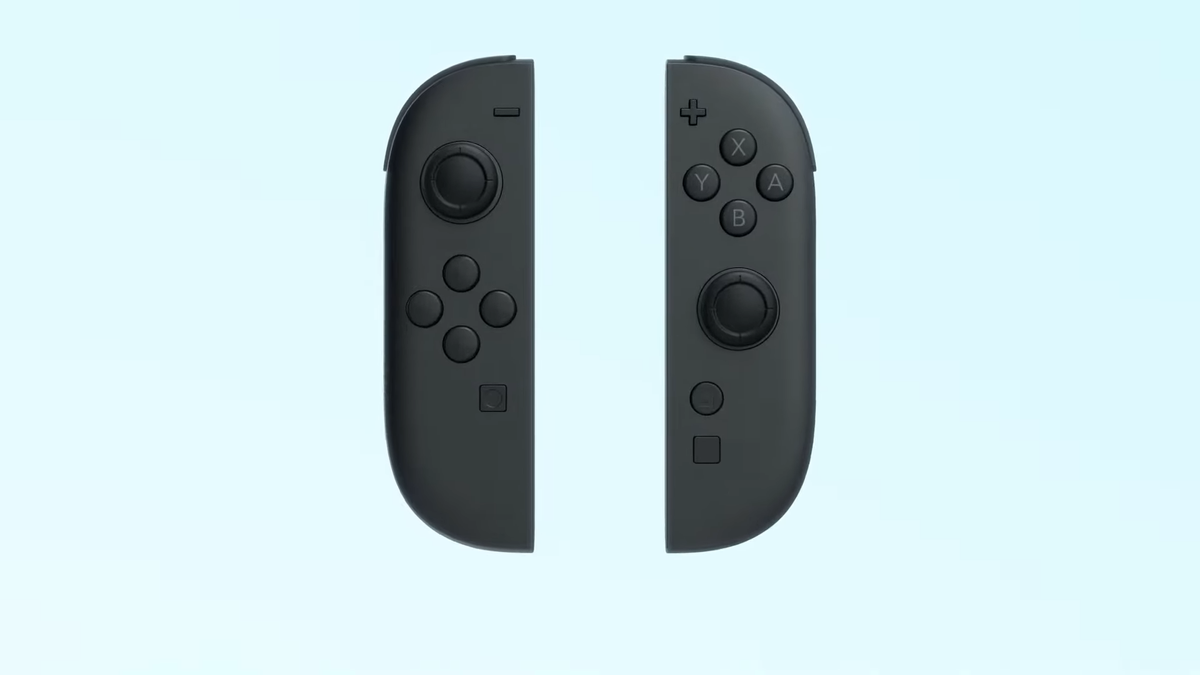
The next Nintendo console is on its way, and we finally have official confirmation that it'll be called the Nintendo Switch 2. We'll have to wait until a Direct stream on February 2nd to hear specific details about games and processing power, but a reveal video has given us initial details about the console's design, features, and perhaps most interestingly, the updated Joy-Con controllers.
The Joy-Cons have been paramount to the original Nintendo Switch's versatility, but they haven't come without their issues. For a start, they've been plagued with more stick drift problems than the first batch of DualSense controllers, so I don't blame you for hoping for more longevity. Most of the best PC controllers these days, including some of the best Nintendo Switch controllers, now use Hall Sensor thumbsticks which are immune to stick drift. Annoyingly, we can't confirm or deny the leaks from the last few weeks saying that the new Joy-Cons will utilize this tech.
What's more, the Joy-Cons pack in a lot of clever design elements, but they're too small for the majority of hands to use comfortably. If we know one thing for sure from the reveal video below, it's that the Switch 2 will feature larger controllers to complement its bigger display. We heard from multiple leaks before the official reveal that some of the gripes people had would be ironed out in the 2025 console, but just how much has changed? Read on to find out more.
Thumbsticks
As mentioned, the first Nintendo Switch's thumbsticks leave a lot to be desired. They're fairly small, which can make them unwieldy when using the Switch in handheld mode. They're asymmetrical, which works for the majority of controllers, but in a small form factor, as we've seen with many of the best mobile controllers in the last year or so, a symmetrical approach can be more comfortable.
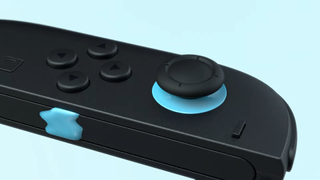
From that reveal video, we can see the Switch 2 will stick to its original design, but with a slightly larger size, maybe the hand cramps won't be such an issue.
The Switch's Joy-Cons feature potentiometer thumbsticks which, as we all know by this point, are prone to stick drift, which is when the small resistors inside the thumbstick modules wear down over time, leaving room for inaccuracies, and false inputs registering. From the overview, it certainly looks as though the thumbsticks have a different design, with gates and what looks like protectors guarding them. It's too difficult to say for certain, but this could indicate a new module inside with hall sensor tech, or even the latest craze, TMR sensors.
Buttons
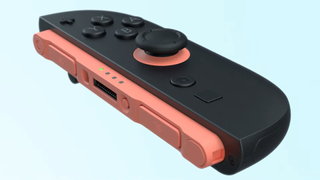
Nintendo hasn't broken too many rules when it comes to the button arrangement on its new Joy-Con this time around. We're still faced with the face, d-pad, home, +/-, and screenshot clickers we know and love.
Sign up to the 12DOVE Newsletter
Weekly digests, tales from the communities you love, and more
But there's a new kid in town. The new Nintendo Switch 2 Joy-Con has an additional button below the home button on the right-hand controller. We don't know what function this will serve yet, but leaks called it the "C button".
There also appears to be a button on the inside of the controllers for bringing out its shoulder buttons that are used when turning a Joy-Con on its side. This is a nice way to hide the extra buttons as they're all too easy to accidentally press when using the Joy-Cons from the original Switch vertically.
Size
The Switch's Joy-Cons feature quite an uncomfortable and small form factor. Other than the depth you get from the trigger and bumper buttons on top, there's nothing there to really help with grip or ergonomics.
Going against what we saw from some leakers, the Switch 2's Joy-Cons don't seem to feature curved backs like a lot of today's handheld PCs. At least their longer build will make it easier for folks with larger hands to grip them.
IR sensors
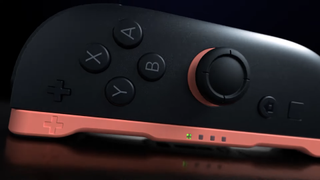
One of the most interesting changes the Switch 2's Joy-Cons might be that they're each said to sport an IR sensor. From the video we have, it's hard to confirm this for sure. Early leaks reported that the new Joy-Cons would use these Infrared sensors as a way to control a cursor as you would with a mouse. This would be strange for a Nintendo console, but there is a shot in the trailer of the new Joy-Cons sliding around a surface.
Infrared sensors are commonly used in the best VR headsets today for measuring proximity within a space. They help with things like room tracking and making sure you don't accidentally walk into your TV like a million viral TikToks.
The first iteration of Joy-Con controllers only had one of these Infrared sensors, which sat on the bottom of the right-hand controller. If these are present on the new controllers, they'd be on their insides, but again, this is difficult to confirm with the information we have right now. The IR sensor from the first Switch had a few uses, like measuring your heart rate in Ring Fit Adventure, for example.
New attachment system
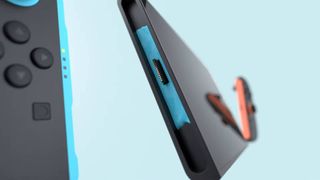
I must admit, one of the things that annoys me most about the original Switch is its sliding Joy-Con rails. I love the "click" that resounds when you mount one to the console, but it wasn't as smooth as I think the console's designers hoped. To mount the old controllers, you had to slide them down and click them into place, but there were few ways to do this smoothly when the device was in handheld mode, because it constantly meant smudging your screen or holding the console awkwardly.
My left Joy-Con actually started degrading over time as well, which meant that clicking it into place on the console didn't actually register it as being mounted onto the Switch.
The Switch 2's Joy-Cons are remedying that issue though, because they feature a new mounting system. Leaks said that this would feature magnets, and it might do. It's hard to tell for sure from the reveal video, especially because it looks as though there are some connecting pins on the side of the Switch. We'll need to tune in for the Nintendo Direct on Feb 2 to hear more details.
Pro controller

However, none of this really matters if you tend to mainly play in docked mode, and seldom actually use the Joy-Con controllers. The original Switch came with a set of Joy-Cons, a grip for them to be slotted into to turn them into a gamepad, but from launch, there was also the option to grab a Switch Pro Controller.
As a gamepad geek, the first Switch's official Pro Controller was a watershed moment for the rest of the market. It was the first widely available USB-C gamepad, it featured maybe the best battery life of any wireless controller, and it blended the chunky feel of an Xbox model with the feel of a PlayStation Dual-whatever in a lot of ways.
The Switch 2 is dropping with a new grip to slot the new Joy-Cons into, and there's an updated dock as you might expect. What we haven't seen yet is a new pro controller, and I for one have many questions about whether the external gamepads for the Switch will be compatible with Switch 2.
For more on controllers, take a look at the best PS5 controllers, the best Xbox Series X controllers, and the best joysticks.
Hyped for those new gamepads? Here's everything we know about Nintendo Switch 2 pre-orders.
One of my earliest memories is playing SuperMario64 and wondering why the controller I held had three grips, but I only had two hands. Ever since I've been in love with video games and their technology. After graduating from Edinburgh Napier University with a degree in Journalism, I contributed to the Scottish Games Network and completed an Editorial Internship at Expert Reviews. Over the last decade, I’ve been managing my own YouTube channel about my love of games too. These days, I'm one of the resident hardware nerds at 12DOVE, and I take the lead on our coverage of gaming PCs, VR, controllers, gaming chairs, and content creation gear. Now, I better stop myself here before I get talking about my favourite games like HUNT: Showdown, Dishonored, and Towerfall Ascension. Location: UK Remote

